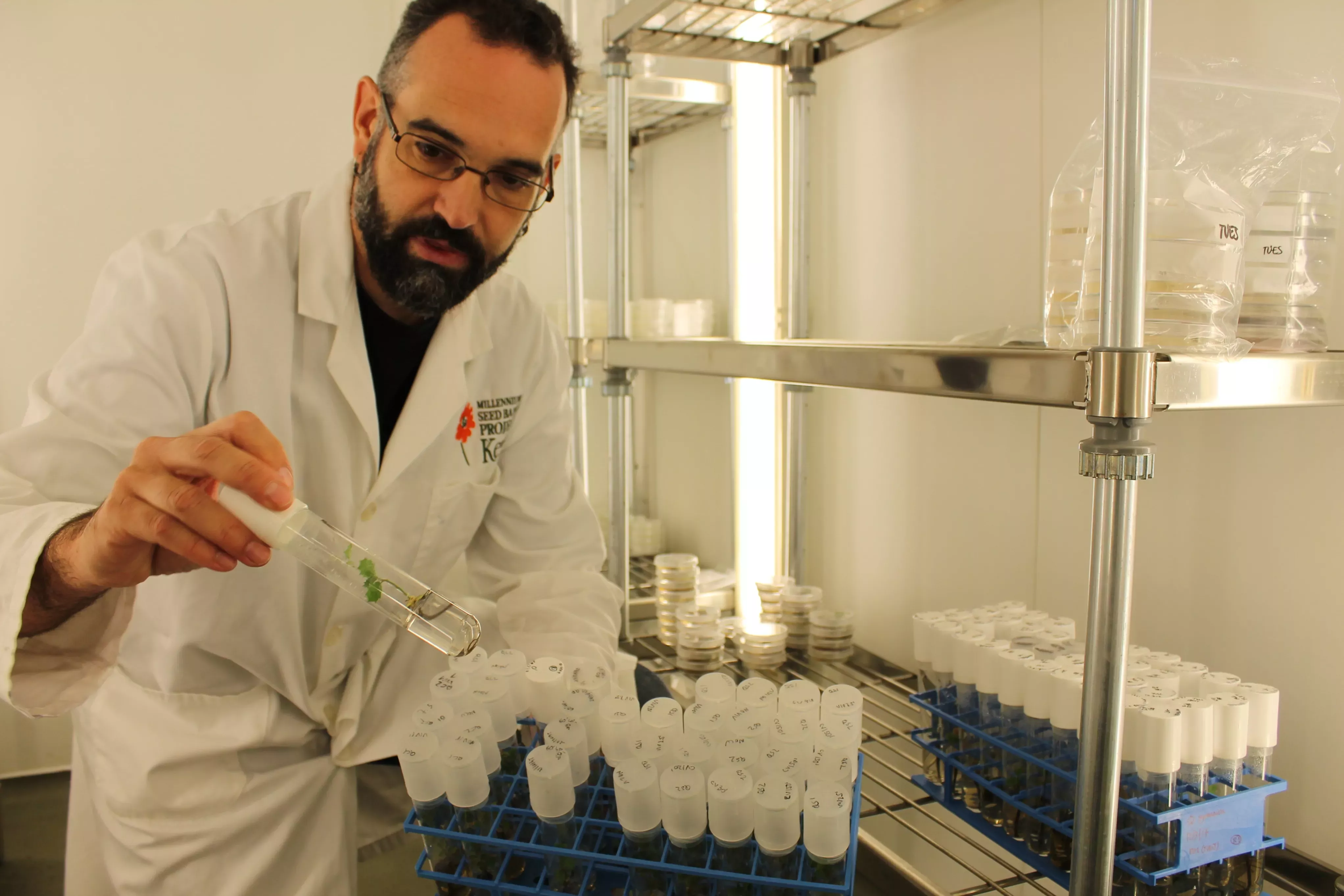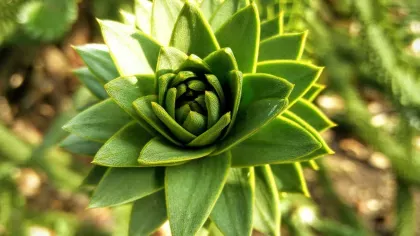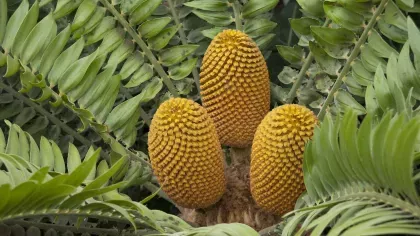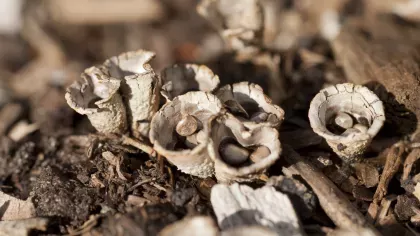2 April 2019
In pictures: Cryopreservation
Plant physiologist and conservation biologist Dani Ballesteros takes us through cryopreservation; how we freeze seeds to keep them safe.

As part of my role in the Comparative Plant and Fungal Biology department of Kew, I have specialised in cryopreservation, or freezing plant tissues (including seeds) at ultra-low temperatures.
The Millennium Seed Bank (MSB) is where Kew store the seeds collected around the world. It’s an insurance policy, giving us a store of wild plant material to study and test and protect against extinction.
While most seeds can be stored dry in the MSB freezers deep underground, some seeds do not tolerate the drying process. Special technologies such as cryopreservation are needed to ensure their long-term storage and conservation.
In the future, Kew hopes to develop a new cryobiotechology facility which will be dedicated to the study of low temperature biology and plant cryobiotechnology, allowing for the cryopreservation of multiple species.
Explant excision
Recalcitrant seeds are those that don’t respond well to traditional preservation techniques. Oaks or horse chestnuts produce recalcitrant seeds, which are acorns and conkers.
Acorns and conkers are very large. If the whole acorns and conkers are frozen, ice will be formed in the seed tissues that will kill them.
To avoid ice formation, we need to freeze acorns and conkers very fast to ultra-low temperatures, and the only way to do it is by using a small portion of these large seeds.
The part that we use in our cryopreservation experiments is the seed embryo, as this small part of the seed will be able to produce a plant after recovery from deep freezing.

Partial drying
Recalcitrant seeds are sensitive to drying and die if fully dried like seeds in the seed bank.
However, we can dry embryos of recalcitrant seeds partially. This step is essential to remove water from the embryo tissues that could freeze into ice and damage the embryo during the cooling step.
We dry embryos very fast with a self-made “flash drier”, that consists of a computer fan inside a jar containing a desiccant.
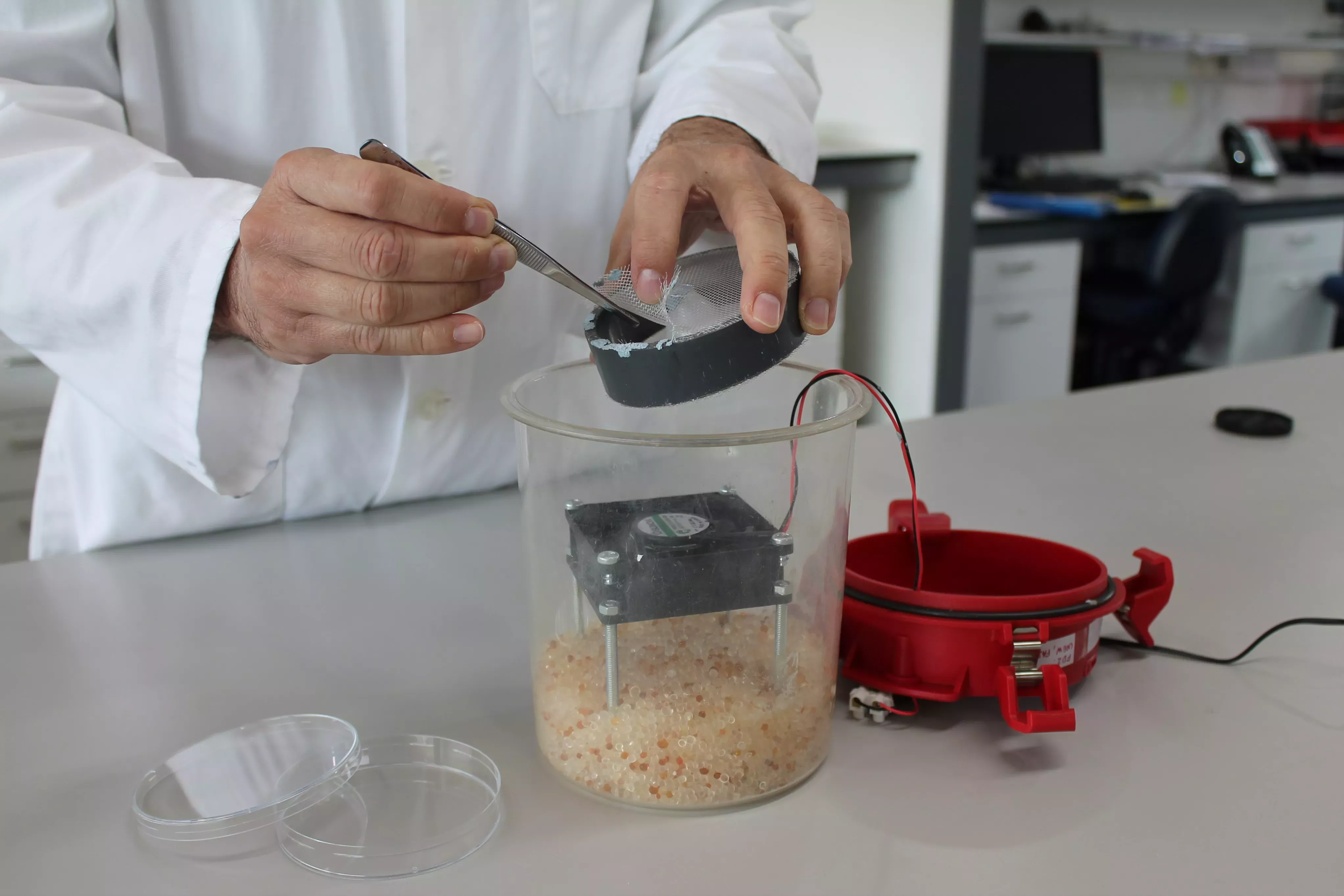
Cooling
We must cool our samples very fast, so fast that water “freezes” without the formation of ice.
In order to cool the samples that fast we use liquified gases at very low temperatures, commonly liquid nitrogen (-196 °C) or sometimes a slush of liquid nitrogen that we make using a vacuum pump (-210 °C).
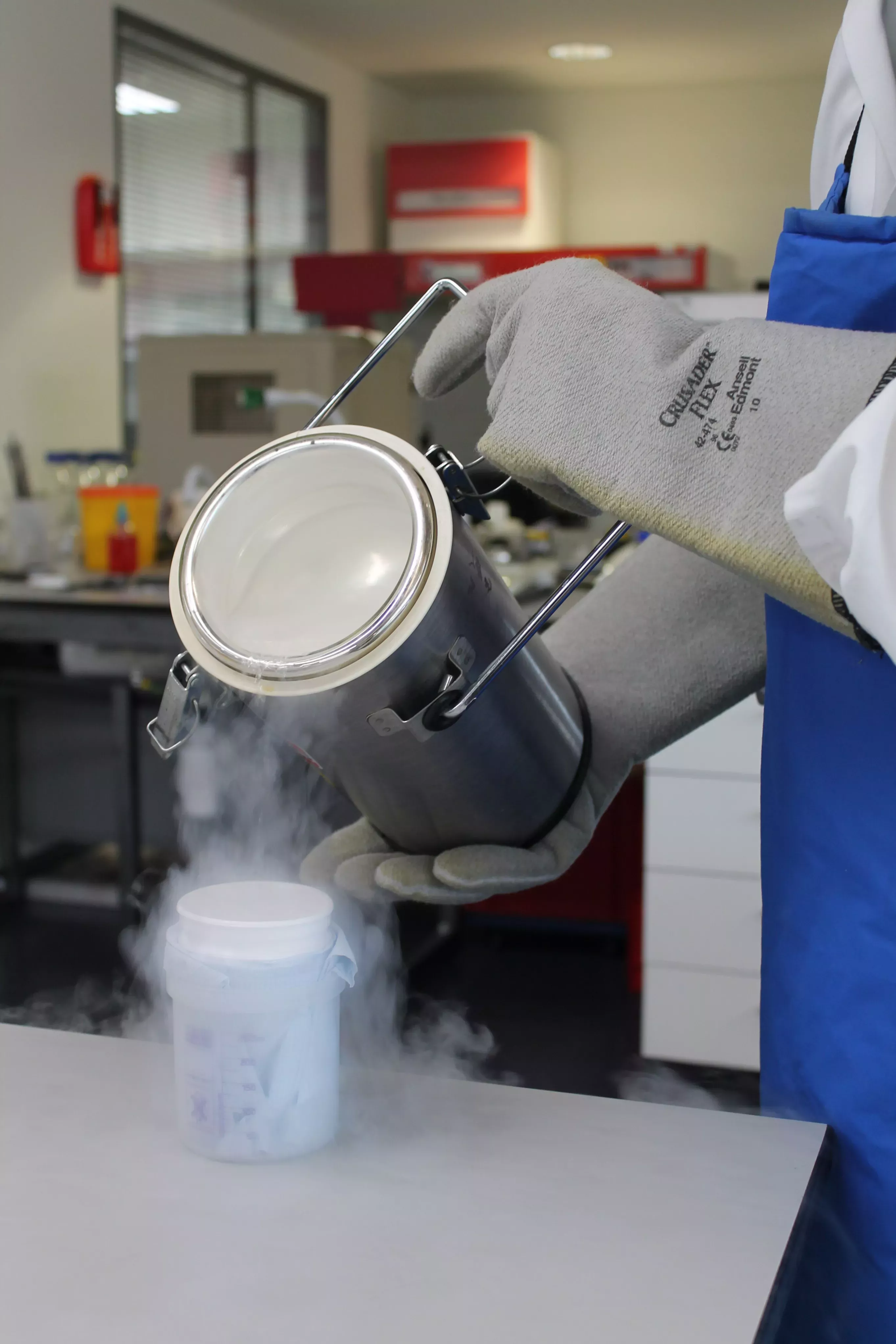


Storage
Samples are stored in liquid nitrogen at about -180 °C inside cryo-vessels.
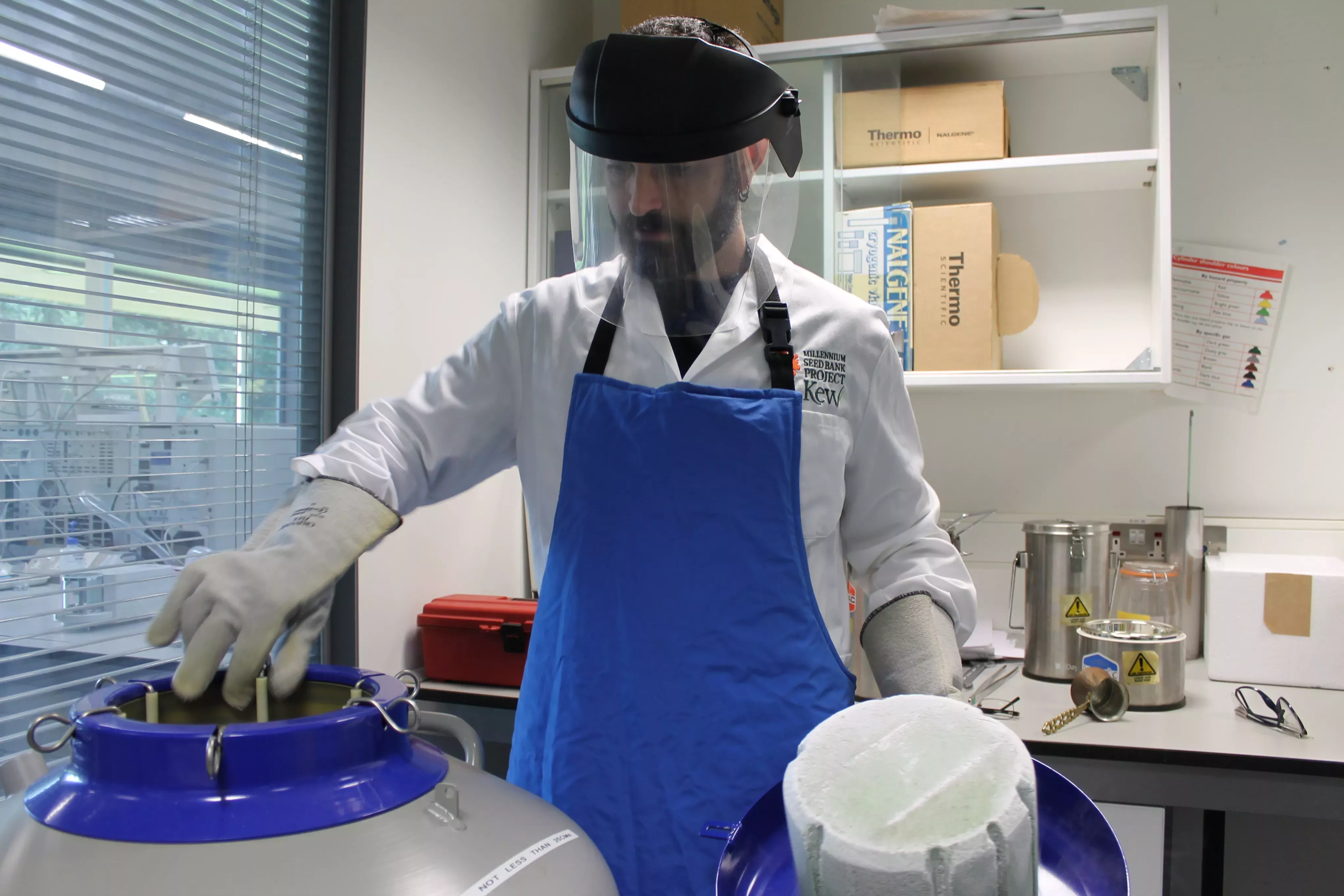
In vitro culture
Seed embryos, after recovery from liquid nitrogen, are germinated and grown in test tubes in sterile conditions containing a special culture medium that promotes their growth.
That can tell us how to bring plants back from storage, so we can research and study them to find out if they have properties that can help us protect them against disease, or unlock medicinal features or even find new ways to grow them agriculturally.
